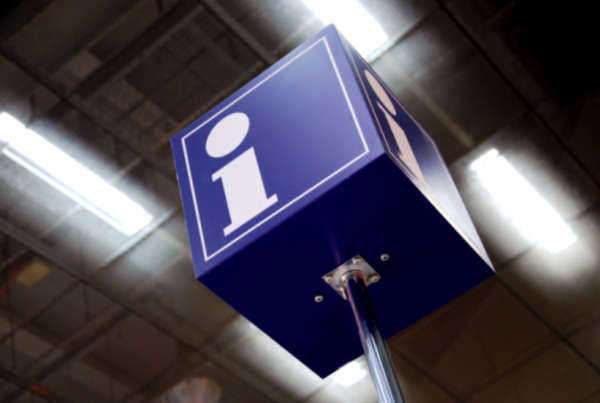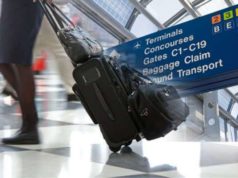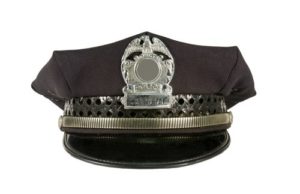
The Federal Aviation Administration (FAA) is responsible for ensuring the safety of individuals who travel using commercial aircraft carriers. As a result, this Government agency has established a number of different regulations to help protect passengers. The existing regulations include rules regarding carry-on luggage, flight inspection, pilot certification, air traffic control, and weather safety. The FAA regulates many different sectors of pubic and private aviation. The FAA must ensure that aircraft carriers are safe for operation, by inspecting the carriers and holding them to established regulations.
The design and structure of aircraft carriers are also regulated by the FAA. Before an aircraft can be operated, it must meet specified airworthiness standards. These standards are detailed in an extensive code that outlines FAA regulations.
It is also essential that the FAA protect aircraft carriers from ill intent by dangerous passengers. This is achieved by prohibiting certain objects from carry-on luggage. The FAA helps to ensure that airports throughout the United States remain safe and secure. The FAA is not only concerned with airplanes, but with many different other types of aircrafts, including hot-air balloons and model rockets.
In order for an individual to become a pilot, he/she must become certified by the FAA and meet all FAA specifications. The Federal Aviation Administration also maintains FAA weather centers, where weather is constantly observed and the safety of flying is evaluated. In the event that the weather creates dangerous conditions for aircrafts, aircrafts will be grounded and flight delays will occur.






















